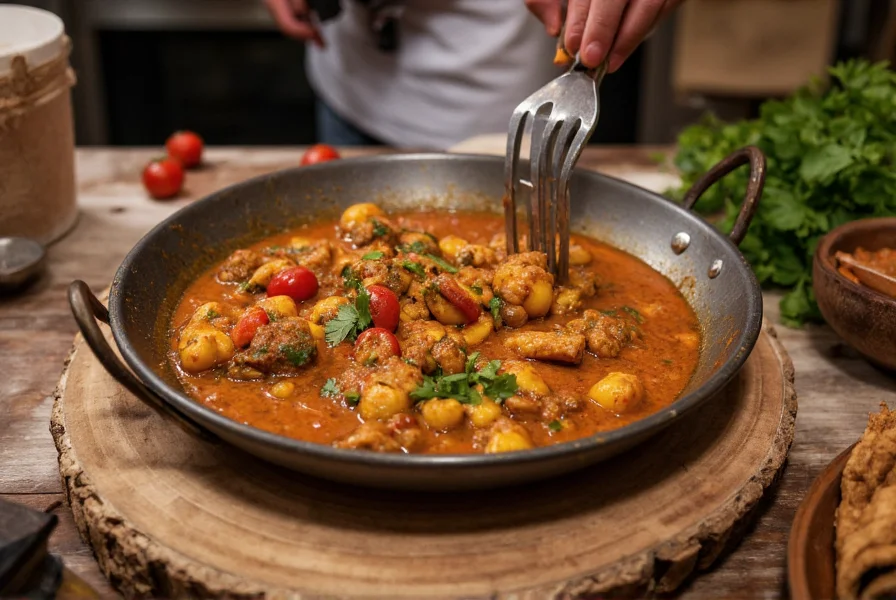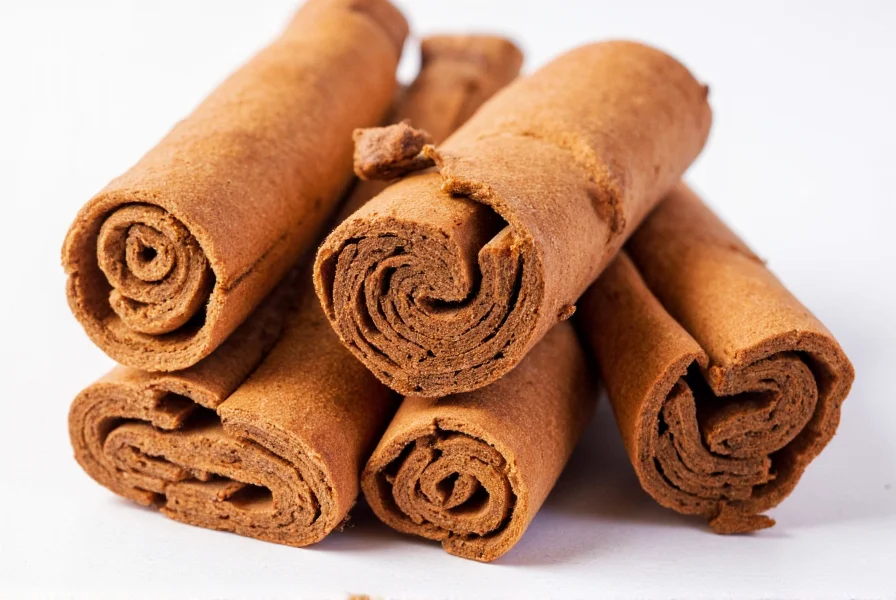Sri Lanka cinnamon, scientifically classified as Cinnamomum verum (meaning "true cinnamon"), represents the authentic variety that has been cultivated on the island formerly known as Ceylon for centuries. Unlike the more common cassia cinnamon found in many supermarkets, genuine Ceylon cinnamon features a distinctive quill structure composed of multiple delicate, paper-thin layers that form a tight, hollow tube. This structural difference directly impacts both flavor profile and safety considerations, making Sri Lankan cinnamon the preferred choice for health-conscious consumers and professional chefs worldwide.
The Distinction Between Ceylon and Cassia Cinnamon
Understanding the critical differences between Sri Lanka cinnamon and other varieties is essential for both culinary applications and health considerations. While cassia cinnamon (primarily from China, Indonesia, and Vietnam) has a stronger, more pungent flavor and darker reddish-brown color, Ceylon cinnamon offers a more complex, citrusy-sweet profile with subtle floral notes.
| Characteristic | Ceylon Cinnamon (Sri Lanka) | Cassia Cinnamon |
|---|---|---|
| Scientific Name | Cinnamomum verum | Cinnamomum cassia |
| Coumarin Content | 0.017g/kg (very low) | 2.1-6.6g/kg (high) |
| Bark Structure | Multiple thin layers, soft | Single thick layer, hard |
| Flavor Profile | Sweet, citrusy, complex | Strong, spicy, harsh |
| Color | Light tan to pale brown | Dark reddish-brown |
The most significant health consideration involves coumarin content. Cassia cinnamon contains substantially higher levels of coumarin, a naturally occurring compound that in large quantities can cause liver damage. The European Food Safety Authority recommends a maximum daily intake of 0.1mg of coumarin per kilogram of body weight. Just one teaspoon of cassia cinnamon may exceed this limit, while you would need to consume over 30 teaspoons of Ceylon cinnamon to reach the same coumarin level.
Traditional Cultivation Methods in Sri Lanka
Sri Lanka's cinnamon industry maintains centuries-old harvesting techniques that contribute to its superior quality. The process begins when farmers select two-year-old cinnamon shoots for harvesting. After removing the outer bark, skilled workers use specialized knives to carefully separate the inner bark, which is then left to dry. As it dries, the inner bark naturally curls into the characteristic quills.
This meticulous hand-processing method, passed down through generations, preserves the delicate essential oils that give Sri Lanka cinnamon its distinctive aroma and flavor. The entire process from harvesting to packaging typically occurs within 24 hours to maintain optimal freshness and quality.

Health Benefits Supported by Research
While all cinnamon varieties offer potential health benefits, Sri Lanka cinnamon's lower coumarin content makes it safer for regular consumption. Scientific studies have identified several potential benefits associated with Ceylon cinnamon:
- Blood sugar regulation: Multiple studies suggest Ceylon cinnamon may improve insulin sensitivity and help moderate blood glucose levels after meals
- Antioxidant properties: Contains high levels of polyphenols that combat oxidative stress
- Anti-inflammatory effects: May help reduce inflammation markers in the body
- Heart health support: Some research indicates potential benefits for cholesterol levels and blood pressure
A 2015 review published in the Nutrition Journal concluded that Ceylon cinnamon specifically demonstrated promising effects on glycemic control with minimal risk due to its low coumarin content. However, researchers emphasized that cinnamon should complement rather than replace conventional medical treatments.
Culinary Applications and Flavor Pairings
The delicate flavor profile of Sri Lanka cinnamon makes it exceptionally versatile in both sweet and savory applications. Unlike cassia, which can dominate a dish, Ceylon cinnamon blends harmoniously with other ingredients.
Professional chefs recommend using Sri Lankan cinnamon in:
- Delicate desserts like custards, panna cotta, and fruit-based dishes
- Infused into creams, milks, and syrups for beverages
- Braised meats and vegetable dishes, particularly with root vegetables
- Traditional Sri Lankan rice and curry preparations
- Specialty coffee and tea blends
When substituting Ceylon cinnamon for cassia in recipes, use approximately 25-50% more by volume to achieve similar flavor intensity, as its more subtle profile requires slightly greater quantity.

Economic Importance to Sri Lanka
Cinnamon represents one of Sri Lanka's most valuable agricultural exports, with the industry supporting approximately 100,000 families across the island nation. The majority of production occurs in the coastal regions of Kalutara, Matara, and Galle, where the humid tropical climate creates ideal growing conditions.
The Sri Lankan government has implemented strict quality controls through the Ceylon Cinnamon Promotion Board, which certifies authentic products with a distinctive logo. This certification helps protect both producers and consumers from counterfeit products that flood international markets.
How to Identify Authentic Sri Lanka Cinnamon
With counterfeit cinnamon products increasingly common, consumers need reliable methods to verify authenticity:
- Examine the quills: Genuine Ceylon cinnamon forms multiple thin, fragile layers that easily crumble when bent
- Check the color: Should be light tan to pale brown, not dark reddish-brown
- Smell the spice: Should have a sweet, complex aroma without harsh notes
- Look for certification: Authentic products display the official Ceylon Cinnamon logo
- Check the price: Genuine Ceylon cinnamon typically costs 5-10 times more than cassia
Be wary of products labeled simply as "cinnamon" without specifying Ceylon variety, as this usually indicates cassia. Reputable sellers will explicitly state "Ceylon cinnamon" or "True cinnamon" and often include origin information.
Proper Storage and Usage Tips
To maximize shelf life and preserve flavor, store Sri Lanka cinnamon in an airtight container away from light and heat. Whole quills maintain their quality for 1-2 years, while ground cinnamon begins losing potency after 6-12 months.
For optimal flavor extraction in cooking:
- Add whole quills early in the cooking process for soups, stews, and braises
- Grind small quantities as needed for baking or spice blends
- Create cinnamon-infused oils or syrups for consistent flavor distribution
- Toast whole quills lightly before use to enhance aromatic compounds
Conclusion
Sri Lanka cinnamon represents the authentic, premium variety of this ancient spice, distinguished by its delicate flavor profile, multiple thin bark layers, and significantly lower coumarin content compared to cassia varieties. Its unique characteristics make it not only a superior culinary ingredient but also a safer option for regular consumption. As global awareness of the differences between cinnamon varieties grows, genuine Ceylon cinnamon continues to gain recognition among health-conscious consumers and professional chefs who appreciate its nuanced flavor and quality.
What makes Sri Lanka cinnamon different from regular cinnamon?
Sri Lanka cinnamon (Ceylon cinnamon) differs from regular cassia cinnamon in several key ways: it has multiple thin bark layers forming delicate quills, contains significantly lower levels of coumarin (making it safer for regular consumption), offers a more complex sweet-citrus flavor profile, and has a lighter tan color compared to the dark reddish-brown of cassia.
Why is Ceylon cinnamon more expensive than other cinnamon varieties?
Ceylon cinnamon commands a higher price due to its labor-intensive harvesting process, lower yield per tree, and more limited production area. The traditional hand-processing method requires skilled workers to carefully separate multiple thin bark layers, and Sri Lanka produces only about 25,000 tons annually compared to over 250,000 tons of cassia cinnamon from China and Indonesia.
How can I tell if I'm buying authentic Sri Lanka cinnamon?
Authentic Sri Lanka cinnamon should display multiple thin, fragile layers that easily crumble when bent, have a light tan color (not dark reddish-brown), feature a sweet complex aroma, and ideally show the official Ceylon Cinnamon certification logo. Be cautious of products simply labeled "cinnamon" without specifying Ceylon variety, as these typically contain cassia.
Is Sri Lanka cinnamon better for health than other cinnamon types?
Yes, Sri Lanka cinnamon offers significant health advantages due to its much lower coumarin content (approximately 0.017g/kg compared to 2.1-6.6g/kg in cassia). This makes it safer for regular consumption, especially for individuals with liver concerns or those consuming cinnamon daily. Both varieties contain beneficial compounds, but Ceylon's safety profile makes it preferable for therapeutic use.
What are the best culinary uses for Sri Lanka cinnamon?
Sri Lanka cinnamon excels in applications where a delicate, complex flavor is desired: delicate desserts like custards and fruit dishes, infused creams and syrups, braised meats with root vegetables, traditional Sri Lankan rice and curry, and specialty coffee or tea blends. Its subtle profile blends well with other ingredients without dominating the dish, unlike the stronger cassia variety.











 浙公网安备
33010002000092号
浙公网安备
33010002000092号 浙B2-20120091-4
浙B2-20120091-4